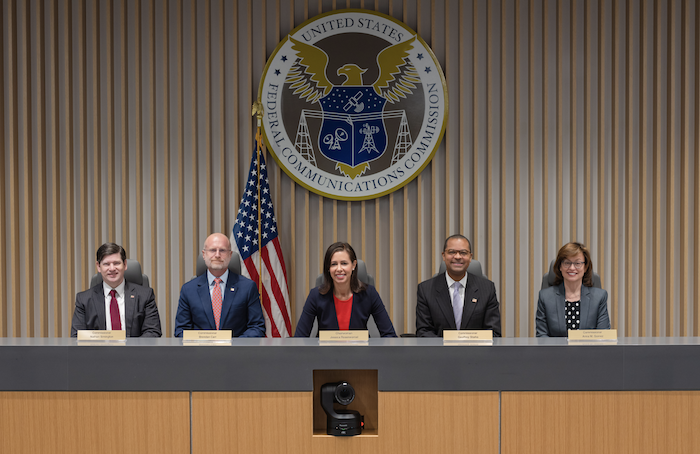FCC Chairwoman Jessica Rosenworcel proposed new rules to expand very low power (VLP) device operations in additional spectrum in the 6 GHz band alongside other WiFi-enabled devices. VLP devices are designed for short-range mobile applications and can be used indoors or outdoors. They’re intended to support new applications such as augmented reality, in-car connectivity, and healthcare monitoring.
The agency has expanded unlicensed use between 5.925 and 7.125 GHz in recent years, noting that’s helped usher in WiFi 6E, set the stage for WiFi 7, and support the growth of the Internet of Things. Rosenworcel says “opening access to the airwaves without licenses makes it possible to innovate without permission and to develop low-power wireless technologies that change the way we live and work. We are making more spectrum available to bolster this growing eco-system of cutting-edge applications like wearable technologies and augmented and virtual reality, that will help businesses, enhance learning opportunities, improve healthcare outcomes, and bring new entertainment experiences.”
VLP devices operate at very low power across short distances and provide very high connection speeds. They’re designed to prevent external antennas from being installed and cannot have weather resistant enclosures or operate on battery power.
If adopted by a vote of the Commission, the proposed Report and Order would permit the VLP class of unlicensed devices to operate across 350 MHz in the U-NII-6 (6.425-6.525 GHz) and U-NII-8 (6.875-7.125 GHz) portions of the 6 GHz band. They could operate at the same power levels and technical/operational protections as recently approved for the U-NII-5 (5.925-6.425 GHz) and U-NII-7 (6.525-6.875 GHz) bands.
The rules would protect incumbent licensed services that operate in the 6 GHz band, according to the Commission. VLP devices would have no restriction on where they may operate and have no requirement to operate under the control of an automatic frequency coordination system. “To ensure the risk of interference remains insignificant, the devices would be required to employ a contention-based protocol, implement transmit power control, and be prohibited from operating as part of a fixed outdoor infrastructure,” says the FCC.
By Leslie Stimson, Inside Towers Washington Bureau Chief





Reader Interactions